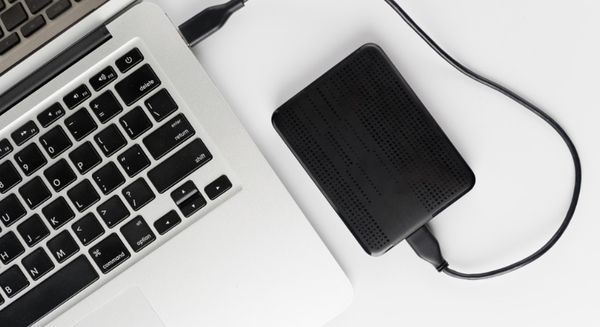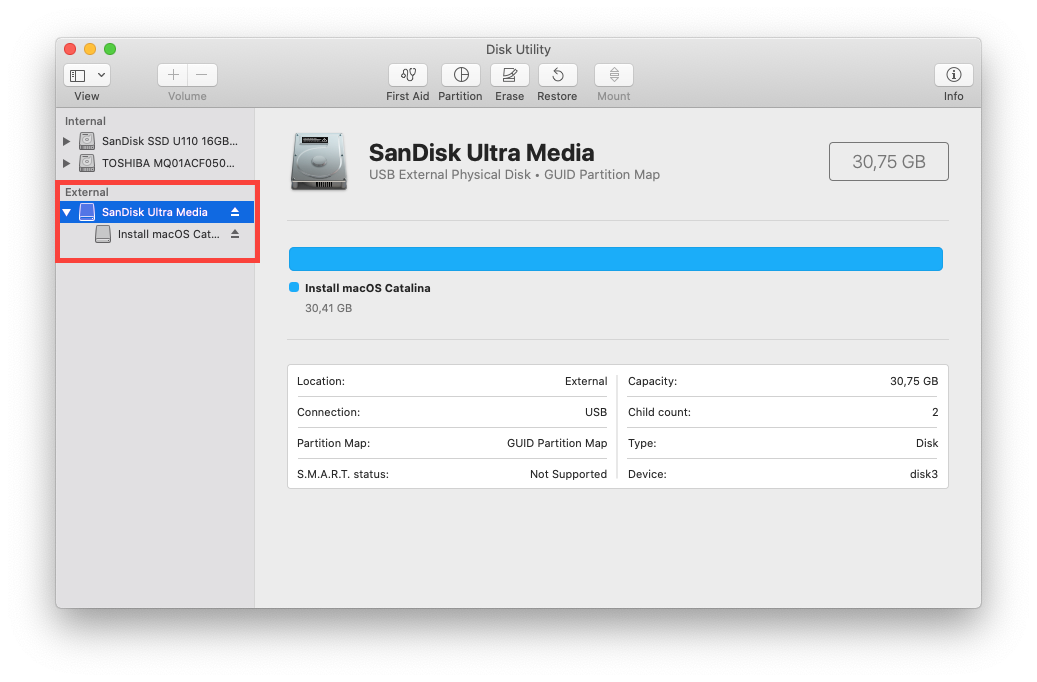
You'll see the MacOS Utilities window choose "Disk Utility." Now you can choose to erase your startup drive, and choose "Mac OS Extended (Journaled)" as the operating system. It is usually installed inside the computer and then directly inserted into the disk controller on the computer motherboard. Select the mode of recording for which you want to automatically generate the text captions. In the Preferences dialog box, select Modes under the Recording menu. The overwhelming majority of USB flash drives come with FAT32 or NTFS. In an open project, select Edit > Preferences (Windows) or Adobe Captivate Classic > Preferences (Mac OS). Open Disk Utility.The easiest way to do that is hit CMD and the spacebar at the same time and type in 'Disk Utility' to find the program. This article from iBoysoft answers your question 'Can Mac read FAT32 file system' and tells you how to format a USB drive to FAT32 on Mac. In the Utilities folder, choose 'Disk Utility.' 3. Click the Scheme pop-up menu, then choose GUID Partition Map. In the sidebar, select the storage device you want to erase, then click the Erase button. To get around that problem, hold down the Command + R keys when you turn on your Mac and let go when the logo appears. A hard disk drive (sometimes abbreviated as HDD, HDD, or HDD) is a non-volatile data storage device. Mac can recognize USB drives formatted previously for Windows easily. In the Finder menu, click 'Go' and then, in the drop-down menu, choose 'Utilities.' 2. If you want to erase any other type of storage device: Double-click Disk Utility in the /Applications/Utilities folder.

If you want to format your Mac's system drive, you can't do that when the Mac is running normally because the drive is in use by the operating system.

Usually, you'll want ExFAT, which is the default for the MacOS.

Select the drive you want to format and then choose “Erase.”Ĥ. At the top of the window, click "Erase."ĥ. In the pop-up window, choose the file system you want to use.


 0 kommentar(er)
0 kommentar(er)
